What to Expect During and After a Kyphoplasty Procedure
What to Expect During and After a Kyphoplasty Procedure
Published: February 3, 2020
Osteoporosis affects more than twenty-five million people in the United States, and it causes bones to weaken and become brittle, sometimes to the point of fracturing. This can lead to tremendous back pain, which is not only uncomfortable, but can be debilitating and life-altering, making doing everyday tasks nearly impossible. If you or a loved one has suffered a spinal fracture or other injuries to your back, you are no doubt looking for a pain management doctor to help you recover and explore potential remedies for your ailment. The Texas pain specialists at the offices of Dr. Raul Martinez in San Antonio are here to tell you about a procedure that has helped thousands of Americans called kyphoplasty.
Kyphoplasty & Severe Back Pain
As noted above, one of the major causes of severe back pain is a spinal compression fracture, which can result in bone fragments rubbing up against each other and limiting your ability to move freely. One option for treating this pain, called kyphoplasty, is a minimally-invasive procedure wherein bone cement is injected through a small hole in the neck to stabilize and repair an injured, fractured, or collapsed vertebra and to relieve pain. If you’re searching for a “back pain doctor near me” to learn more about what to expect during and after a kyphoplasty procedure, read on.
Spinal Fractures Caused by Osteoporosis or Cancer
While spinal fractures are very often caused by osteoporosis, which leads to a loss of bone density, calcium depletion, and weakens spinal vertebrae, they can also be the result of cancer. These fractures are most commonly located in the thoracic region of the spine, although they sometimes occur in the lumbar region. If the pain associated with these injuries doesn’t improve with pain medication or immobilization through a brace, then kyphoplasty is another option to consider.
Kyphoplasty Procedure: What to Expect
During a kyphoplasty, your doctor will cut a small incision in your back (which is, of course, numbed with a local anesthetic) and insert a tiny balloon into the compressed vertebrae, which is then inflated in order to return the vertebrae back to its original, normal height. Then, your doctor will inject bone cement into the cavity of the fractured vertebra created by the balloon, which hardens quickly to create an internal cast. Note that sometimes the process is repeated on the other side of the spine so that there is uniformity in the body. In any case, the hardening of the cement often takes all of five to ten minutes, strengthening the vertebra and straightening the spine, and many patients are able to return home the same day.
Note that before you go in for a kyphoplasty, you should quit smoking and reduce alcohol intake. Tobacco, especially, can reduce the chance of bone healing afterward. Some NSAIDs or blood thinners may need to be stopped until after the procedure, though only your pain management doctor will be able to tell you for sure. Finally, no food or drink is typically allowed six hours before the procedure, other than a small amount of water.
What Are the Risks?
While kyphoplasty is a proven method of relieving terrible back pain and is typically considered a very safe surgery, there is still a small risk of complication. Some potential complications include:
- Allergic reactions to bone cement or other chemicals
- Pain persists or gets worse
- Bone cement leakage
- Kyphoplasty is not recommended to treat scoliosis (curvature of the spine), arthritis in the back, or herniated disks
Need Relief from Back Pain?
Back pain can cause depression, decreased lung capacity, and insomnia, as well as severely limiting your physical activity, which can then lead to weight gain and other medical problems. But please know that you don’t have to suffer from back pain — there are solutions. However, we recommend treating back pain early. Don’t wait: kyphoplasty is more likely to work if it’s performed within two months of receiving a fracture diagnosis, so if you’ve been searching for a “back pain doctor near me” recently, then make sure to contact the Texas pain specialists at the offices of Dr. Raul Martinez right away. To get more information, please visit our website here, or call us locally in San Antonio at (210) 441-4333.
[rev_slider alias=”blogbutton2″][/rev_slider]

